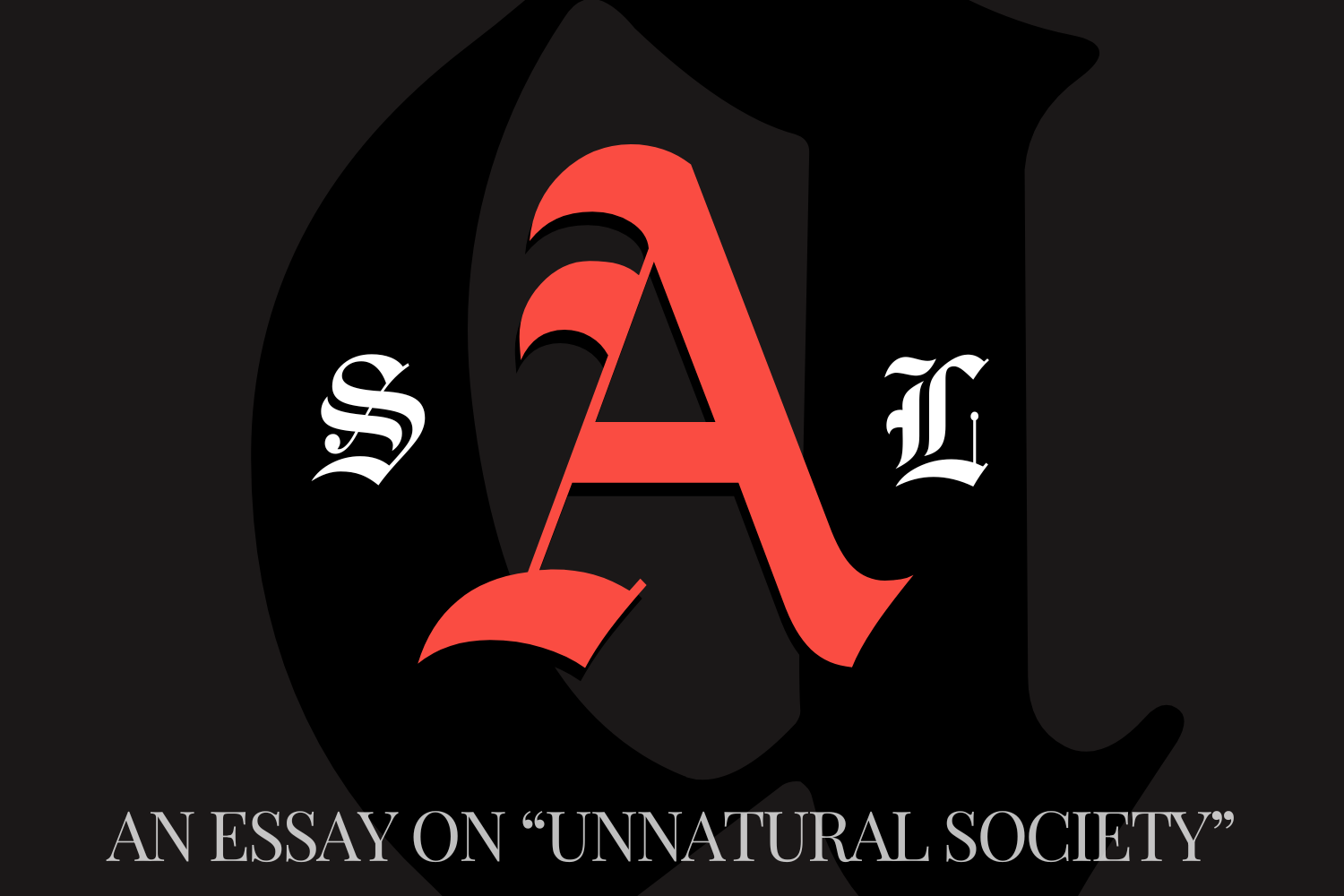
Connecting Transcendentalist themes to Hawthorne's classic novel, and what that means in his society.
THIS ARTICLE IS NOT COMPATIBLE WITH CELL PHONES
In Nathaniel Hawthorne’s retrospectively revolutionary novel The Scarlet Letter, Hester Prynne and her daughter Pearl face challenges in bridging their societally-condemned characters with their true identities. Through their expeditions in the Nature outside of their Puritan town, Hawthorne employs the elements of light and dark to introduce Transcendentalist ideology – notably regarding self-reliance and inherent goodness – in the context of Puritan society, thereby criticizing it for its structure and hypocrisy in its application to the “real world”.
Introducing Transcendentalism
Hawthorne, in the given Chapter 16 passage, implements the symbols of light and dark in order to relate to core themes of Transcendentalism. Transcendentalism touches on two essential tenets: the corruption of the self by society, only truly leaving a being independent in an environment free of it; and, deriving from this statement, the ability of Nature – the antipode to society, and ultimately, Man – of cleansing and therefore uncovering one’s true, good nature. In Pearl’s revelation that “the sunshine does not love [Hester]. It runs away and hides itself, because it is afraid of something on [Hester’s] bosom,” three extrapolations can be made substantiating the presence of Transcendentalism in the symbols of light and dark. Firstly, the personification of Nature in the sunlight’s “hiding itself” from the A on Hester’s bosom – a mark of society, and a physical rendition of a man-promulgated stigma – highlights the adversity of Nature to Man, a core theme of Transcendentalist ideology. Secondly, the implementation of light and dark, justifiably associated with innocence and sin throughout the novel, depict between them an image of Transcendentalism in their involvement with sunshine; sunshine “not loving” Hester suggests she is instead cloaked with darkness, pairing her with “sin”. However, when addressing the Transcendentalist belief that “man is inherently good,” the sin-bearing remainder must be the A mark that already, in Pearl’s eyes, obscures the rest of Hester’s being, again conforming to Transcendentalism’s outlook on society. Finally, the idea that Pearl is the one stating these things while basking herself in the sunlight, stating “it will not flee from me”, suggests that this elf-child, born and raised outside of society, is one with Nature and herself – uncorrupted, lit, innocent. Untouched by Man (“for I wear nothing on my bosom yet!”), she is therefore an ideal figure of Transcendentalist ideals.
Unnatural Society
Through his Transcendentalist remarks, Hawthorne comments on Puritan society, emphasizing its hypocrisy and lack of cogency in the face of the natural world. In the statement that the light runs because “it is afraid of something on your bosom”, Hawthorne intimates that there is an inherent evilness, or danger, in the mark on Hester’s bosom – the A. In Puritan society, the branding, meant to be a punishment with the purpose of purifying one – and warning others – from their sin, instead causes Nature, the undisputed arbiter of the nonhuman world, to shrink in fear. When coupled with the associations of light and dark to innocence and virtuosity versus sin, Hawthorne comments, using Transcendentalist ideology, on the lack of application to the outside world of the rules and stigmas that Puritan society has conjured. He instead suggests innocence in those untouched by it, and corruption and hypocrisy of those seeking to purify themselves, having participated in its redemptive system and then finding themselves still “in the dark” – with the light, or virtuosity, afraid to greet them as they are.
Conclusion
In conclusion, Hawthorne’s implementation of light and dark in the Scarlet Letter indicate Transcendentalist ideology, which in turn shapes his criticism of Puritan society. By vilifying the societal mark on Hester Prynne’s bosom through the shrinking of light in its presence, and suggesting innocence in Pearl’s contrary immersion in sunlight and Nature, Hawthorne uses light and dark to communicate corruption and innocence in their respects – a decidedly Transcendentalist theme. It is the juxtaposition of these symbols and Transcendentalist thinking that denounces the beliefs of Puritan society, instead suggesting that their modes of penance are futile/antagonistic in the natural, “real” world. In the world outside of Puritan society – Nathaniel Hawthorne’s world – sin, marked by obscurity, is the societal mark preventing Hester’s true identity from shining through.
Organized Essay on The Scarlet Letter
by Lara Sahagun
Citations
Hawthorne, Nathaniel, 1804-1864. The Scarlet Letter. New York, N.Y., U.S.A. :Signet Classic, 1988.
